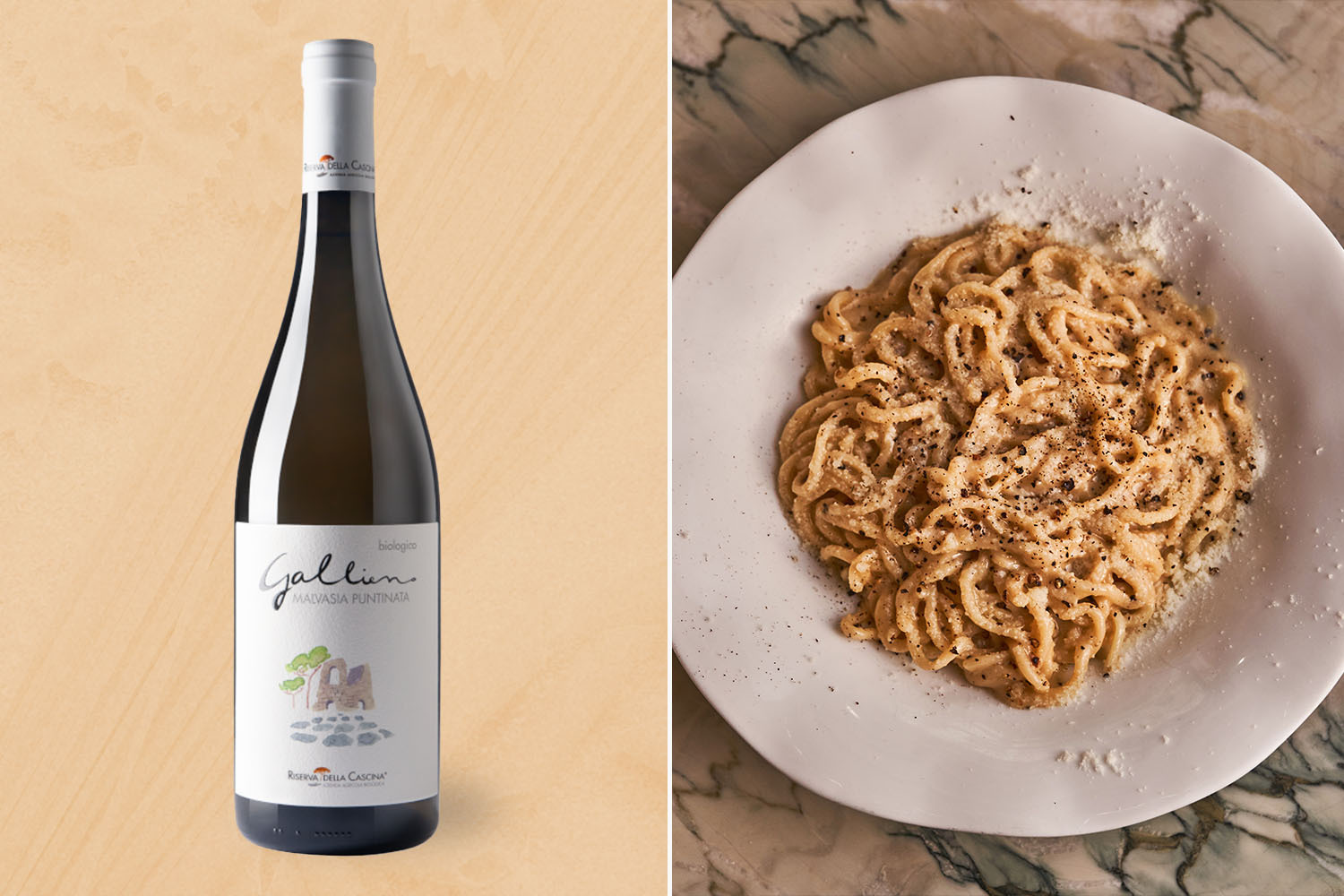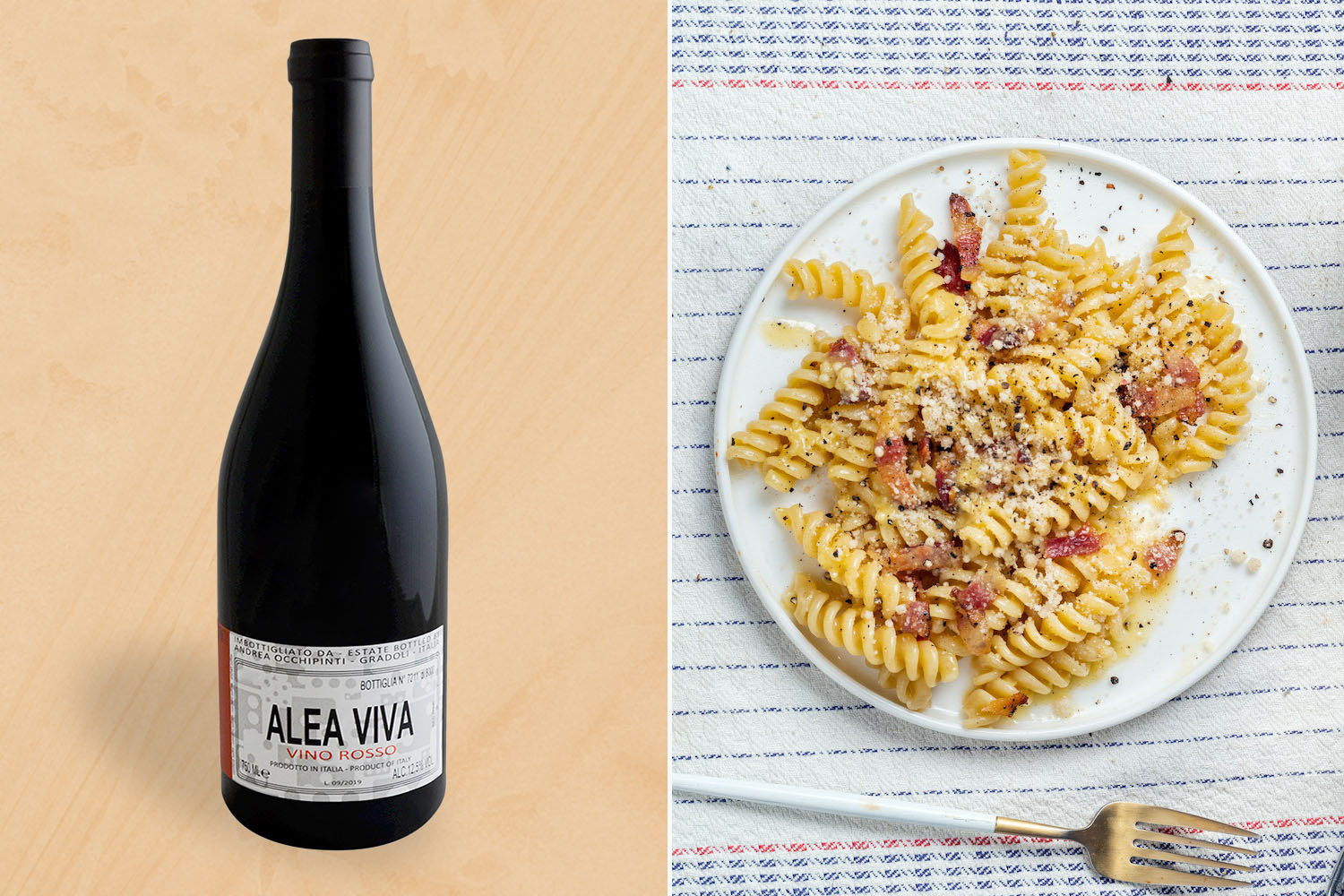I still get excited when I see wines from Lazio on a restaurant menu — not just because my family is from the Italian province, but because, historically, it’s been overshadowed by bigger, more popular regions like Piedmont, Veneto and Tuscany. And this wasn’t a mistake. Until recently, vino from Lazio really wasn’t very good, with winemakers leaning on Trebbiano and Malvasia to create overly sweet white wines without a lot of personality. But luckily that is changing, hence my elation with seeing the region increasingly represented on wine lists around the country.
“This is maybe a good opportunity to recognize that Lazio has historically been a frustrating place for fine wine, but that has shifted drastically over the past decade,” says Cory Holt, the beverage director at Maialino (vicino), a New York restaurant that’s inspired by the trattorias across Rome. “Today, I view Lazio as one of the more thrilling corners of Italy and one to watch during the next decade.”
Lazio’s biggest city (and Italy’s biggest city, at that), Rome, is famous for a lot culinarily, but its four iconic pastas are perhaps the most beloved and sought after during a visit. And now that so many new and exciting things are happening with Lazio wine, it’s easy to find a delicious bottle to pair with each noodle dish. Below, Holt shares his picks for the Lazio wines to pair with the four Roman pastas so you can take your taste buds on a vacation without getting on a plane.

Cacio e Pepe with a Fruity White
“Cacio e pepe” literally translates to “cheese and pepper,” which are the only two ingredients — besides pasta — that are required to make this beloved dish. Maialino’s version is made with tonnarelli, a long egg noodle that’s thicker than spaghetti. The dish pairs perfectly with a dry, acidic white.
“Frascati is sort of the classic here, but I personally love Riserva della Cascina Gallieno Malvasia Puntinata (available by-the-glass at Maialino),” Holt says. “It’s rich and aromatic with plenty of apricot flavors while retaining its bright acidity.”

Alla Gricia with a Skin-Contact Wine
Pasta alla gricia is similar to cacio e pepe, with the addition of one savory, satisfying ingredient: guanciale. Guanciale is cured pork jowl, and it has a salty, funky flavor that takes this simple pasta dish to the next level. And while Holt typically serves a French wine with this dish, he has a regional bottle that will fit the bill.
“The addition of guanciale to alla gricia makes it significantly saltier and more savory than cacio e pepe,” Holt says. “I’ve always found my favorite pairing for this dish to be a hearty Champagne like Georges Laval from Cumieres. From Lazio, though, I recently tasted a skin-contact Passerina del Frusinate from Alberto Giacobbe. It’s a traditional grape of Lazio that’s a bit wild and savory with an orchard fruit component. The skin contact on this bottle does a lot to hold up to the richness of the dish.”
Why Franciacorta Is the Sparkling Wine You Want Right Now
This under-the-radar Northern Italian sparkler has one big secret superpower that sets it apart from Champagne
Carbonara with a Juicy Chilled Red
Of the four Roman pastas, carbonara is probably the most difficult to get right. There isn’t a long list of ingredients or super intense cooking method, but creating a thick, creamy sauce without scrambling the eggs takes patience and practice. But even if your eggs are a bit more solid than you’d like, the dish will still taste amazing with a juicy red wine.
“You can go a lot of ways with carbonara, but I love a juicy red with a bit of a chill and a classically Italian, firm-handed finish,” Holt says. “Andrea Occhipinti (his niece in Sicily has become a natural winemaking star) is one of the early pioneers of the mountains in Lazio and a champion of the aleatico grape. I think any of his wines would be perfect, but my favorite is usually the Alea Viva bottling of the old vine, high altitude aleatico.”

Amatriciana with a Cesanese
Last but not least of the Roman pastas (in fact, it’s my personal favorite) is amatriciana, a deeply savory dish that’s made with guanciale, Pecorino Romano and a spicy tomato sauce. Holt sings the praises of cesanese as the perfect pairing, and we couldn’t agree more.
“Amatriciana was made for cesanese, arguably the most exciting and famous variety of Lazio,” Holt says. “Alberto Giacobbe makes a fantastic example, but his friend Damiano Ciolli is probably the original master of the variety. I think his Silene has the right amount of fruit to juggle the spice but also the body to handle the richness of the overall dish. It’s like a slightly more violet-tinged sangiovese.”
Join America's Fastest Growing Spirits Newsletter THE SPILL. Unlock all the reviews, recipes and revelry — and get 15% off award-winning La Tierra de Acre Mezcal.

























